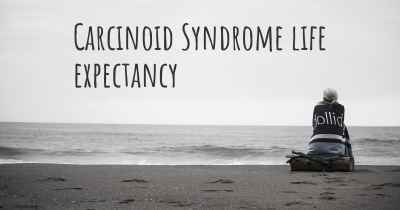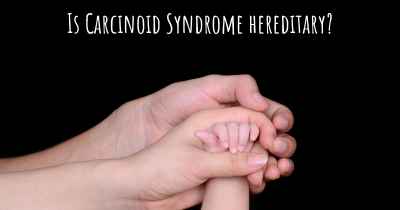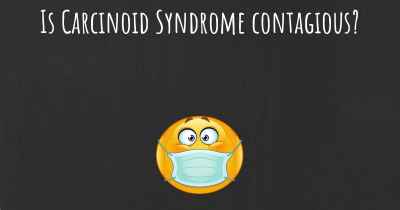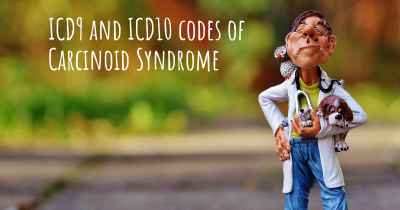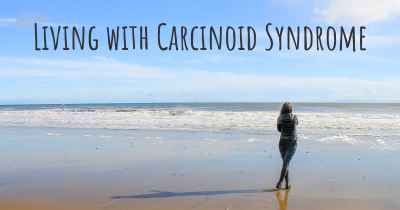What is the history of Carcinoid Syndrome?
When was Carcinoid Syndrome discovered? What is the story of this discovery? Was it coincidence or not?
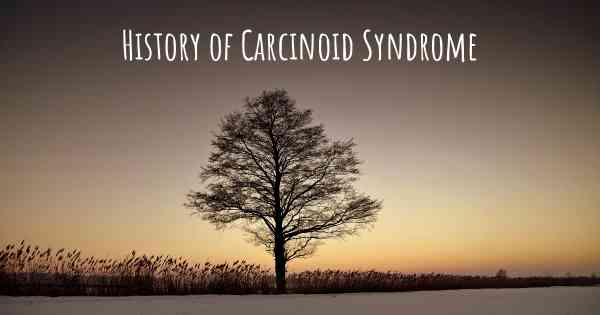
Carcinoid syndrome is a rare condition that occurs in individuals with carcinoid tumors. These tumors are slow-growing neuroendocrine tumors that typically originate in the gastrointestinal tract, although they can also develop in other parts of the body such as the lungs or appendix. Carcinoid syndrome is characterized by a set of symptoms resulting from the release of certain chemicals and hormones by the tumor.
The history of carcinoid syndrome dates back to the late 19th century when German pathologist Siegfried Oberndorfer first described the tumors in 1907. He initially referred to them as "karzinoide" due to their resemblance to carcinoma but with a more benign behavior. However, it wasn't until the mid-20th century that the association between carcinoid tumors and the syndrome was established.
In the 1950s, it was discovered that the symptoms of flushing, diarrhea, and wheezing experienced by some patients with carcinoid tumors were due to the release of serotonin and other vasoactive substances. This breakthrough led to the recognition of carcinoid syndrome as a distinct clinical entity.
Further research in the following decades shed light on the underlying mechanisms of carcinoid syndrome. It was found that carcinoid tumors originate from neuroendocrine cells, which are specialized cells that produce and release hormones into the bloodstream. These tumors can secrete a variety of substances, including serotonin, histamine, bradykinin, and prostaglandins, which are responsible for the characteristic symptoms of the syndrome.
Diagnostic techniques for carcinoid syndrome have also evolved over time. In the past, the diagnosis was often made when patients presented with advanced disease and metastases. However, with the advent of imaging technologies such as computed tomography (CT) and magnetic resonance imaging (MRI), it became possible to detect and localize carcinoid tumors at earlier stages.
Treatment approaches for carcinoid syndrome have also advanced significantly. In the past, surgical resection was the primary treatment option for localized tumors. However, it was discovered that even after complete removal of the tumor, some patients continued to experience symptoms due to the release of vasoactive substances by metastatic lesions.
Medical therapies have therefore become an essential component of managing carcinoid syndrome. The development of somatostatin analogs, such as octreotide and lanreotide, revolutionized the treatment of the syndrome. These drugs work by inhibiting the release of hormones from the tumor cells, providing symptomatic relief to patients.
Recent advancements in targeted therapies have further expanded treatment options for patients with carcinoid syndrome. The introduction of drugs like telotristat ethyl, which inhibits the production of serotonin, has shown promising results in reducing the frequency of bowel movements and improving overall quality of life.
Research efforts continue to unravel the complexities of carcinoid syndrome and explore new therapeutic avenues. The development of personalized medicine approaches, including molecular profiling of tumors, holds great potential for tailoring treatment strategies to individual patients.
In conclusion, the history of carcinoid syndrome spans over a century of medical advancements. From its initial recognition as a distinct clinical entity to the understanding of its underlying mechanisms and the development of targeted therapies, significant progress has been made in the diagnosis and management of this rare condition. Ongoing research and innovation offer hope for further improvements in the future, ultimately enhancing the lives of individuals affected by carcinoid syndrome.
Posted Sep 14, 2017 by Vickie 2000
